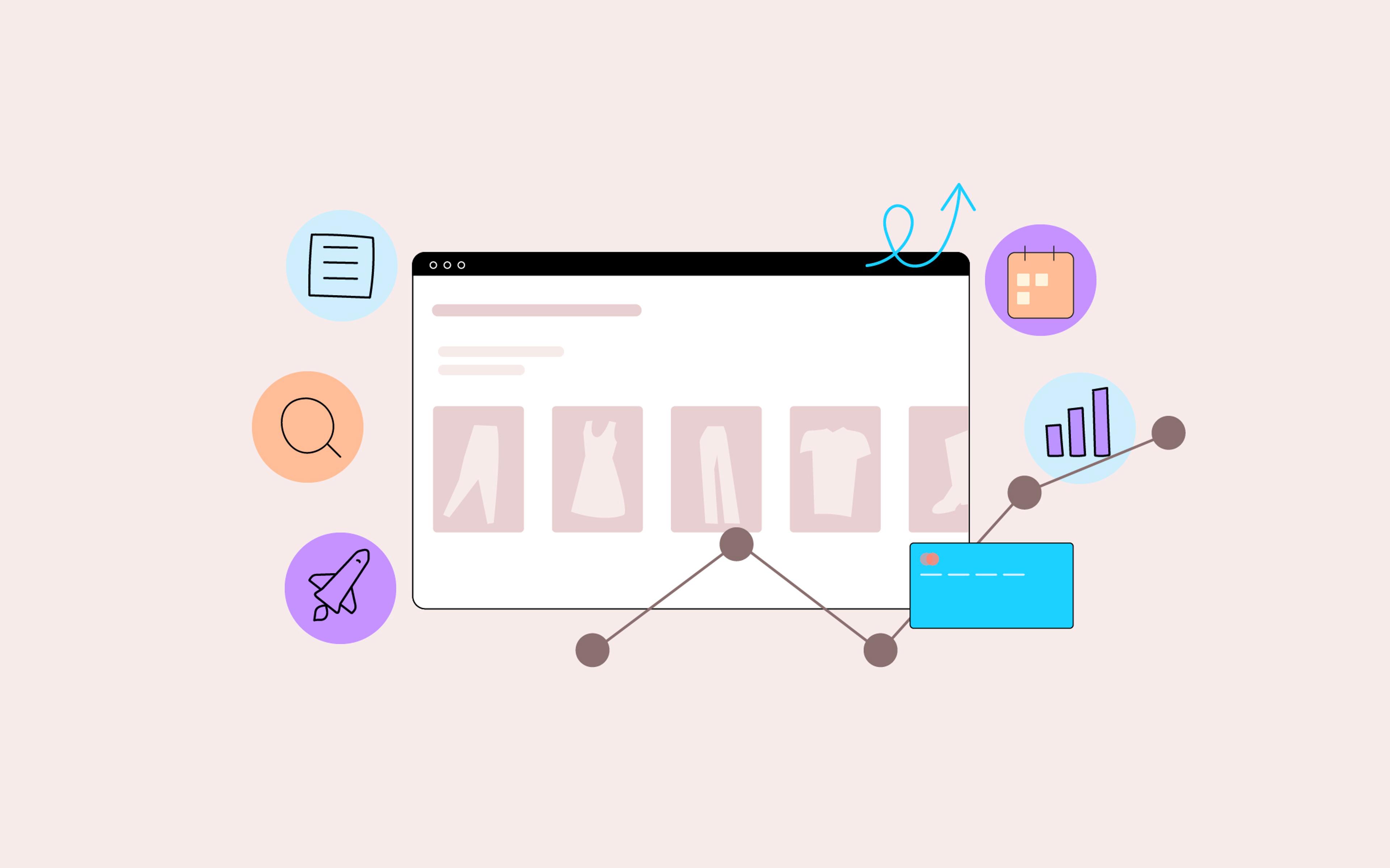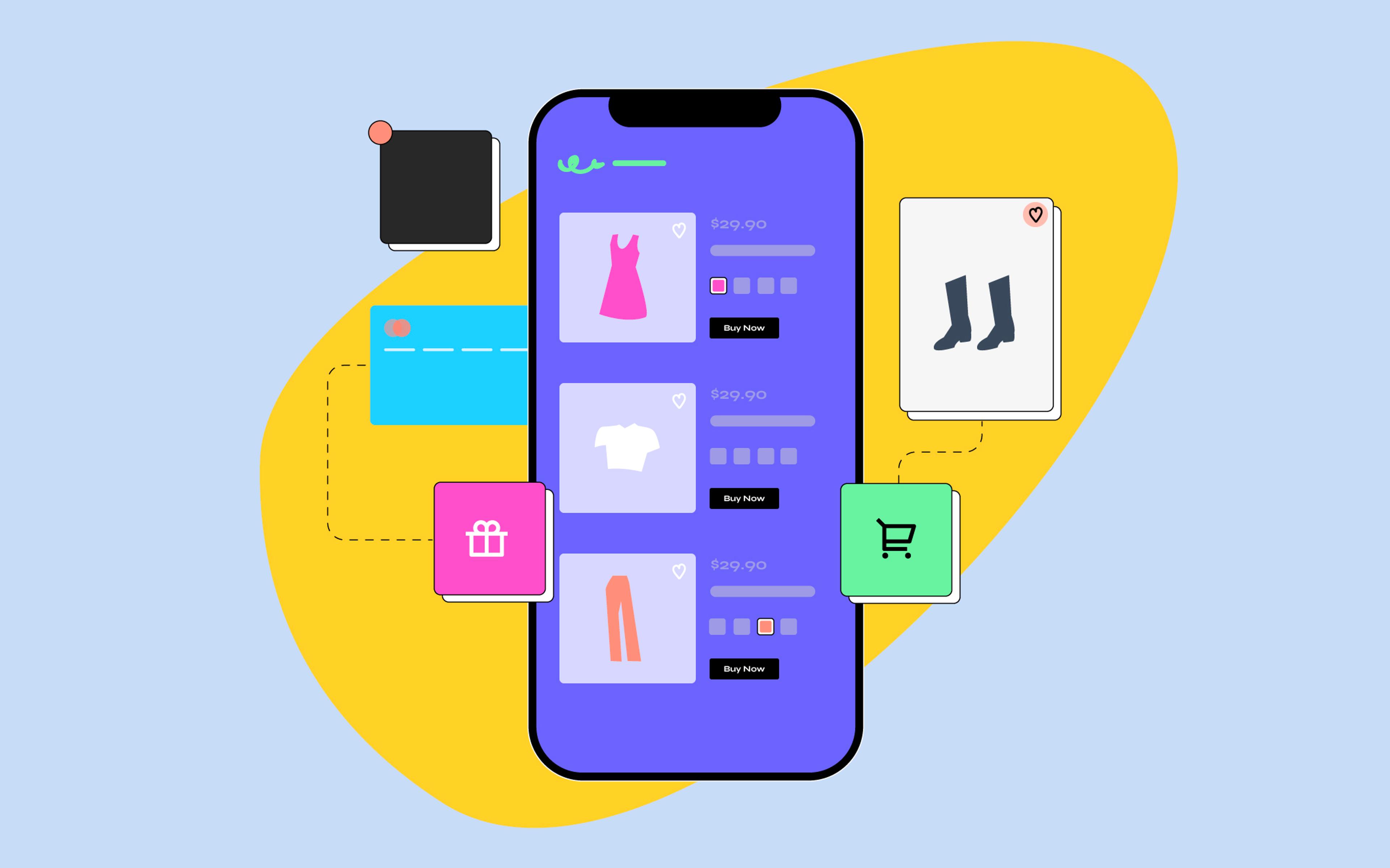With the rising cost of advertising and inflationary pressures making it hard to acquire, activate, and retain customers profitably, direct-to-consumer (DTC) brands are increasingly looking for ways to lower operating costs and scale more efficiently. This often takes the form of wholesale partnerships or marketplace expansions, which allow brands to tap into existing audiences and offload last-mile distribution.
We strongly believe a wholesale motion should be a crucial part of any modern brand’s go-to-market strategy. However, the DTC channel offers several opportunities that would allow brands to disengage from performance marketing as their only methodology of customer acquisition. At the same time, DTC brands can benefit from unique advantages, such as end-to-end control over the customer experience and direct access to zero- and first-party data.
This article will explore product-led growth, a methodology adopted by startups such as Dropbox, Slack, and Zoom to achieve low-cost, exponential growth. We’ll unpack the fundamentals and benefits of product-led growth, how it can be applied to eCommerce and DTC, and how you can take your first steps toward establishing a product-led growth strategy for your DTC presence.
What Is Product-Led Growth?
Product-led growth (PLG) is a business methodology originally popularized by OpenView in 2016. It consists of techniques that allow you to shift away from spending marketing dollars to capture and retain customers, letting your product do the selling instead.
In contrast to more traditional approaches, such as market-led and sales-led growth models, companies that adopt product-led growth put their product experience at the center of the brand journey and take a product-first approach to scale their revenue and customer base.
They also automate secondary functions such as customer success and invest heavily in self-serve onboarding experiences, which allows potential customers to experience and play with the product before committing to the purchase.
For SaaS startups, this can take different forms, such as: offering customers a free trial, taking them through a self-guided onboarding tour, automating customer support, or facilitating word-of-mouth by rewarding customer referrals.
A well-executed product-led growth strategy has numerous benefits:
- Lower Customer Acquisition Cost (CAC): by letting your product and existing customer base do the selling and relying less on marketing campaigns, brands can reduce their CAC.
- Higher Lifetime Value (LTV): product-led growth leads to more engaged customers, which exhibit a higher Average Order Value (AOV) and Repeat Purchase Rate (RPR), making for a higher customer lifetime value.
- Higher Revenue per Employee (RPE): by automating as much as possible of the customer journey, you can lower your operating costs and free up resources to focus on more strategic initiatives.
- Deeper customer understanding: to adopt a PLG strategy, you’ll need an intimate knowledge of your customer base. This positively impacts all areas of the business, such as your fulfillment, customer service, and marketing teams.
- Improved team alignment: since product-led growth encompasses the entire organization, team members in a PLG company are more aligned and focused than marketing-led or sales-led teams, which makes them happier and more efficient.
As you can see, product-led growth allows you to create a flywheel that positively impacts key metrics across all areas of your organization. As you become more experienced at practicing product-led growth, you’ll start seeing the world through a different lens: rather than relying exclusively on paid acquisition channels, you will begin experimenting with ways your product can generate traction and create efficiencies.
Does Product-Led Growth Apply to eCommerce?
The answer is: it depends. While product-led growth has been initially designed for traditional software companies, you can–with some creativity–adapt many of its elements to work for the business model and customer journey of an eCommerce/DTC brand.
For an eCommerce brand to become a product-led company, you must broaden your perspective of what constitutes your “product.” Many brands identify this directly with their physical product and consider the rest of the shopping experience an implementation detail. This mindset severely limits your ability to benefit from a product-led growth strategy.

Instead, product-led brands consider every customer touchpoint part of their product, and they’re constantly thinking about how to create new touchpoints to engage, activate and retain the customer. Here are a few examples of brands that are using techniques borrowed from product-led growth:
- Vitamin brand Care/of has a mobile app that allows to personalize their subscription plan, track their vitamin and health routines, and get rewarded for consistency. The app allows potential buyers to experience Care/of’s product’s value while building further engagement with established/active users.
- Swiss sportswear brand On recently released Cyclon, a program that allows customers to “subscribe” to specific products, such as running shoes and tees. They have taken a sporadic event, such as buying a new pair of shoes, and turned it into a SaaS-ified experience that boosts customer retention.
- Rather than asking customers to pay for their orders upfront, apparel brand Stitch Fix allows subscribers to try outfits and only pay for what they keep. This allows customers to experience the value of the brand before committing.
Subscription-based and membership-based brands have an inherent advantage over brands that favor a one-time purchase journey. This is because they start with a much larger “surface area” to engage their customers. However, brands that don’t have a subscription or membership program–and have no intention of establishing one–can still see success by borrowing and implementing individual elements from product-led growth.
Embracing Product-Led Growth for Your Brand
Brands looking to start with product-led growth often get discouraged by the number of initiatives they could experiment with. If you’re coming from a traditional marketing-led approach, it can be hard to adopt the right mindset.
If you don’t know where to start, an excellent first step is to map customer touchpoints across different stages of your shopping funnel and user experience, from brand awareness to order fulfillment. There are a few ways to do this:
- Involve stakeholders from different departments to understand how they interact with the end-user, directly and indirectly.
- Talk to your most loyal (and least loyal!) customers to collect feedback on how your brand fits into their day-to-day, their current pain points, and any ideas they might have.
- Look at quantitative analytics to uncover usage and engagement patterns.
The more feedback and data you can collect, the more holistic your understanding of your brand-customer relationship will be, and the more opportunities you’ll uncover for a product-led growth transition!
Once you have your customer touchpoints mapped out, look at each critically and ask yourself the following questions:
- How can you command a greater share of customer attention? Many DTC brands have a transactional relationship with their customers and fail to invest in a longer-term relationship. In reality, zero-party and first-party data allow most brands to create deeper connections: what are some “aha” moments you can generate?
- How can you deliver value before capturing value? For a DTC brand, this often takes the form of content-driven education or offering a tool that helps customers enter your brand’s world and experience its value before a traditional activation. Sneaker marketplace The Edit, for example, provides a free personal shopping service.
- Can you create efficiency by investing in automation? This is often more nuanced than a simple yes-or-no answer. Any investment in automated/self-service workflows must offer a justifiable return on team efficiency or customer engagement (or both!). Generative AI, in combination with low-code/no-code platforms, creates some fantastic opportunities to automate customer service, product quizzes and similar while mainaining a human touch.
- How can you spark virality? Product-led companies are masters at making their products viral. eCommerce brands have many opportunities in front of them: packaging, transactional notifications, and even customer service interactions can become ways to generate positive word-of-mouth.
If you come up with an endless list of initiatives, don’t panic! Start with smaller experiments that allow you to build momentum and train your product muscle, and see how your customers respond. A strong product management foundation can help identify the biggest point of leverage.
5 Examples of Product-Led Initiatives for eCommerce Growth
For inspiration, here are the five most common product-led initiatives that we see eCommerce and DTC brands apply:
- Membership programs. While traditional loyalty programs primarily reward spending through cashback or similar models, well-designed membership programs take the brand-customer relationship one step further by leading customers to identify with the brand. This can take the form of early access to new products, in-person or virtual get-togethers, direct access to company founders, and any other perks relevant to a brand’s unique customer base.
- Referral programs. Happy customers love to spread the word, and referral programs allow them to do just that. It’s common for brands to reward referrals with discounts and promo codes, but we encourage brands to design a bespoke strategy that will resonate more with their customer base. If you’re a luxury brand, offering swag/products in partnership with other brands might be better than offering $20 off.
- Try before you buy. Allowing your customers to experience your physical product before committing to a purchase is the epitome of delivering value before capturing value and can be a great way to engage undecided customers (especially when paired with some of the other initiatives in this list!).
- Educational content. Content is one of the most common organic marketing efforts pursued by DTC brands, and with good reason. Producing valuable, educational content for your audience is a straightforward way to generate brand awareness by solving a genuine problem. If you go down this path, nvesting in a solid content infrastructure will pay dividends.
- Web-based/mobile apps. Often, brands design mobile apps that are purely transactional, making them useless to customers that have not already decided to shop with the brand. In doing so, they miss invaluable opportunities to nurture their audience through content and interactions that don't aim for a direct sale.
While these are all good starting points that will apply to many brands, you should have the courage to explore unique ideas that will make you stand out. Rolling out a successful product-led strategy requires a deep understanding of your customers, how they experience your brand, and what opportunities you can capitalize on to become an indispensable part of their daily routine.
If you need help rolling out your product-led approach, reach out! Since 2012, we’ve helped tens of DTC brands scale their presence by developing unique experiences. We’re happy to help you figure out if product-led growth is right for you and how you can get started on your product-led journey.



